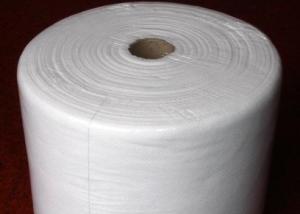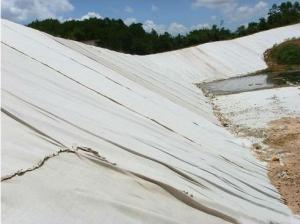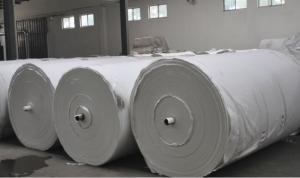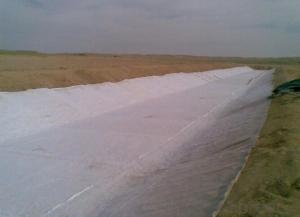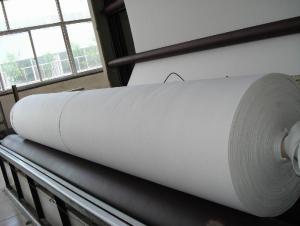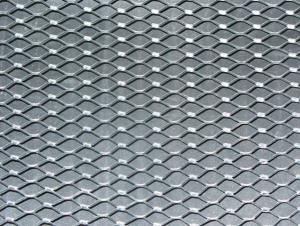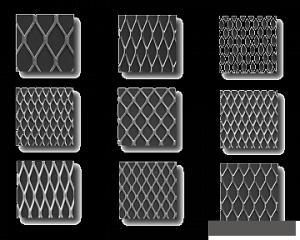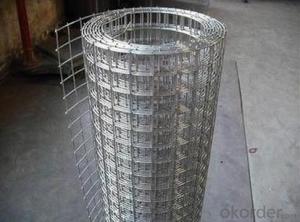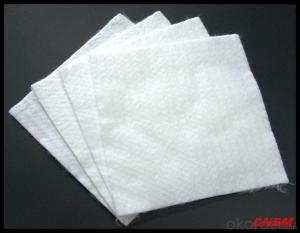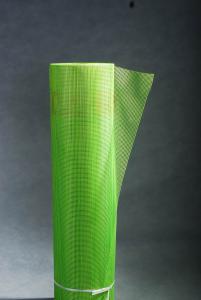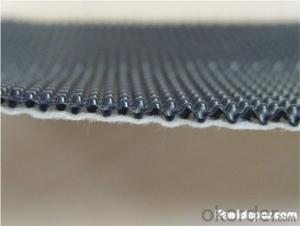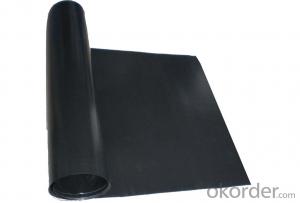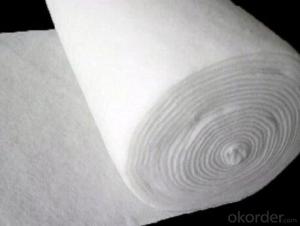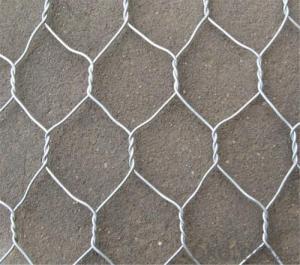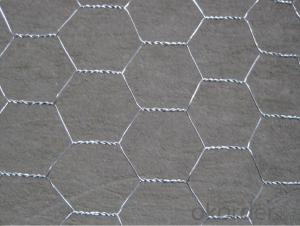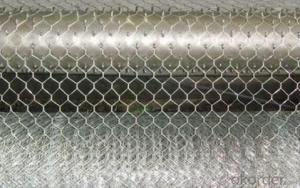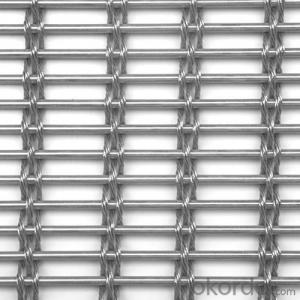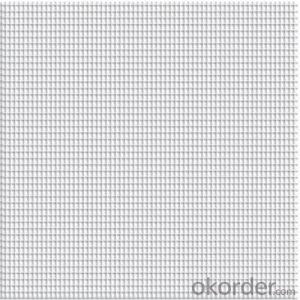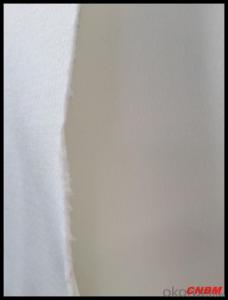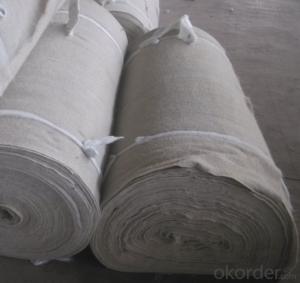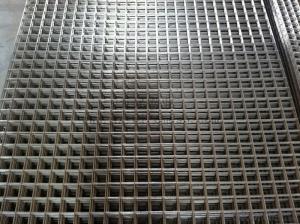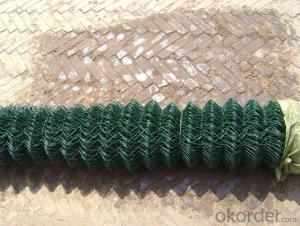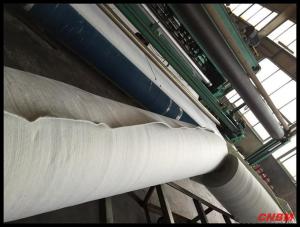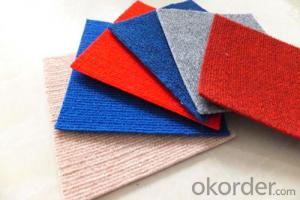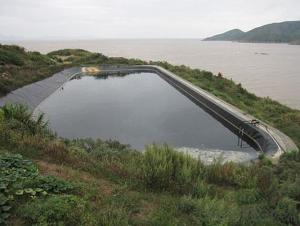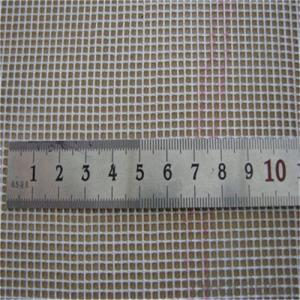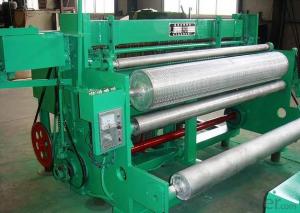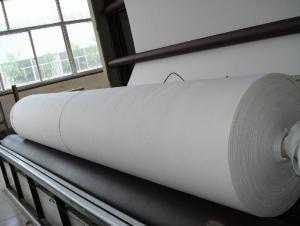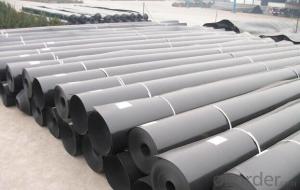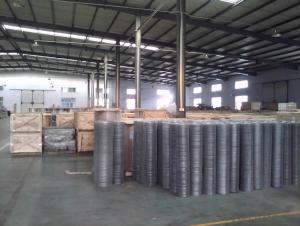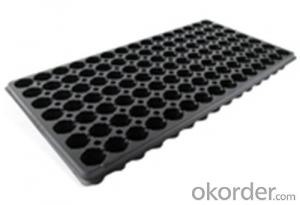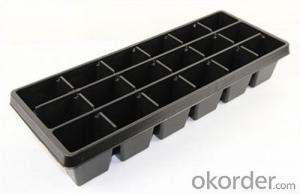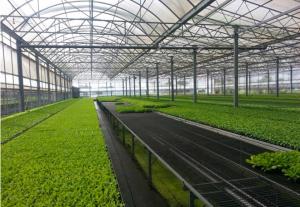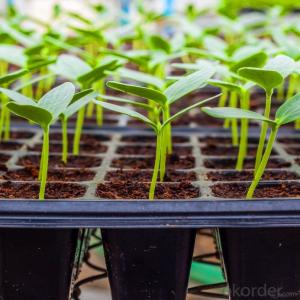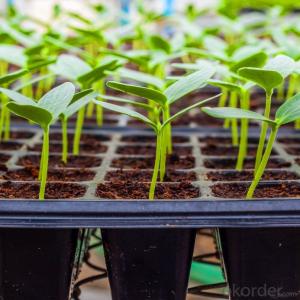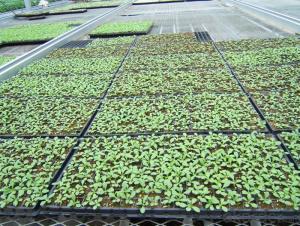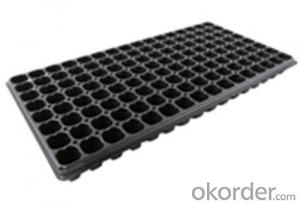Geotextile Mesh
Geotextile Mesh Related Searches
Geotextile Wrap Mosaic Mesh Polypropylene Mesh High Strength Geotextile Geotextile And Geomembrane Geomembrane Geotextile Raschel Mesh Geotextil Y Geomembrana Terram Geotextile Membrane Plastic Fence Mesh Terram Geotextile Pleated Mesh Fine Mesh Stainless Steel Mesh Mesh Window Screen Jute Geotextile Amoco Geotextile Expanded Plastic Mesh Textured Geomembrane Geosynthetic Fabric Open Weave Plastic Mesh Jute Geotextiles Reinforcing Mesh Aluminium Modelling Mesh Polyester Pleated Mesh Nilex Nonwoven Geotextile Geotech Fabric Geocomposite Membrane Mesh Tarpaulin Propex Nonwoven GeotextileGeotextile Mesh Supplier & Manufacturer from China
Geotextile Mesh is a type of permeable fabric used in civil engineering and construction projects. It is made from synthetic fibers or natural materials and is designed to provide separation, filtration, reinforcement, and drainage functions. This versatile product is widely used in various applications such as road construction, soil stabilization, erosion control, and landfill liners.Geotextile Mesh plays a crucial role in numerous construction and civil engineering projects, enhancing the overall stability and durability of the structures. By providing separation between different soil layers, it prevents the mixing of incompatible materials, thereby maintaining the structural integrity of the project. Additionally, its filtration capabilities allow water to pass through while retaining soil particles, reducing the risk of erosion and sedimentation. In reinforcement applications, Geotextile Mesh strengthens the soil, improving its load-bearing capacity and preventing deformation. It is also used in drainage systems to facilitate the flow of water, preventing waterlogging and ensuring the proper functioning of the construction.
Okorder.com is a leading wholesale supplier of Geotextile Mesh, offering a vast inventory of high-quality products to cater to the diverse needs of various industries. With a strong commitment to customer satisfaction, Okorder.com ensures that their Geotextile Mesh products meet the highest standards of quality and performance. By providing a wide range of options, they enable customers to find the most suitable Geotextile Mesh for their specific applications, whether it's for road construction, erosion control, or any other civil engineering project.
Hot Products


